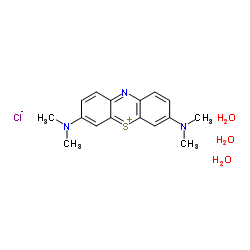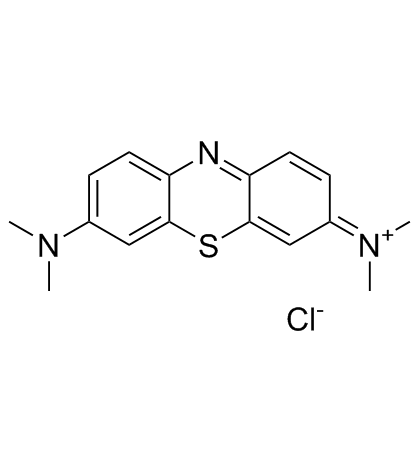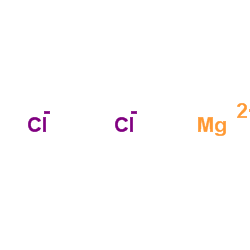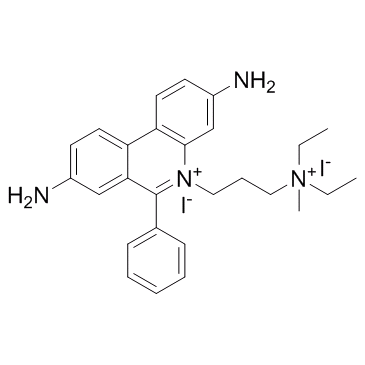| Structure | Name/CAS No. | Articles |
|---|---|---|
 |
Dimethyl sulfoxide
CAS:67-68-5 |
|
 |
HEPES
CAS:7365-45-9 |
|
 |
Methylene Blue trihydrate
CAS:7220-79-3 |
|
 |
potassium chloride
CAS:7447-40-7 |
|
 |
Methylene Blue
CAS:61-73-4 |
|
 |
Magnesium choride
CAS:7786-30-3 |
|
 |
Propidium Iodide
CAS:25535-16-4 |
|
 |
Ethylenediaminetetraacetic acid
CAS:60-00-4 |